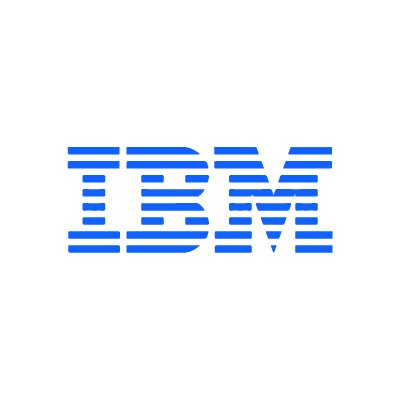
IBM AI Engineer Case Interview: Hybrid‑Cloud LLM Solution Design on watsonx and Red Hat OpenShift
This IBM-style case simulates a client engagement where you design, govern, and operationalize an enterprise AI solution on a hybrid cloud. It mirrors real IBM interviews by emphasizing Enterprise Design Thinking (Hills, sponsor users, playbacks), client value, and secure delivery on open, enterprise-grade platforms. Scenario: - Client: Fortune 100 bank with contact centers in North America and EU wanting an LLM-powered knowledge assistant for agents (RAG for policy/procedure answers and call summarization) and a roadmap to production under strict regulatory controls. - Constraints: Hybrid deployment (on‑prem + public cloud) on Red Hat OpenShift; sensitive PII; data residency (US/EU); integration with Db2 on IBM zSystems and Kafka; target p95 latency ≤ 1.2s for answers; initial daily concurrency 2k sessions; auditable decisions; cost cap and clear ROI. What you’ll do (typical flow used at IBM): 1) Discovery using Enterprise Design Thinking (10–15 min) - Frame Hills (“As a contact‑center agent… so that…”), identify sponsor users, success metrics (e.g., AHT −10%, FCR +8%, CSAT +12pts), and risks. - Ask clarifying questions on data sources, compliance (SOX/PCI/GLBA/GDPR), and service-level expectations. 2) Solution architecture & trade‑offs (25–30 min) - Propose a reference architecture on OpenShift: • LLM service via watsonx.ai (hosted/fine‑tuned or parameter‑efficient tuning) with prompt templates and guardrails. • RAG pipeline leveraging watsonx.data (lakehouse) + vector index (e.g., FAISS/OpenSearch) with document chunking, embeddings, and metadata filters (region, confidentiality). • Data ingestion/ETL with Spark/SQL; governance via watsonx.governance (model cards, lineage, approvals, bias/fairness checks, promotion gates). • Integration to bank systems: secure access to Db2/z (via APIs or CDC to Kafka), identity via OIDC; secrets managed in OpenShift. • Observability (Prometheus/Grafana), feature and prompt stores, A/B and blue‑green releases, rollback strategy. - Discuss model selection (open vs licensed LLMs), latency/cost trade‑offs, caching, prompt engineering, retrieval strategies, and multilingual coverage. 3) MLOps and compliance (10–12 min) - CI/CD with GitOps and OpenShift Pipelines (Tekton); automated tests (prompt regressions, toxicity/PII detection), approval workflows, model versioning, drift/quality monitoring, incident playbooks. - Risk controls: redaction, DLP, data minimization, PII handling, audit trails, access segregation (prod vs dev), and backup/restore. 4) Value case & delivery plan (8–10 min) - 30/60/90‑day plan with measurable outcomes, adoption approach (playbacks), and change management for agents. 5) Playback to stakeholders (3–5 min) - Summarize the Hill(s), architecture, risks, and next steps in a concise client‑ready narrative. Evaluation rubric (reflective of IBM expectations): - Problem framing & EDT (20%): Clear Hills, user empathy, measurable outcomes, ability to run a Playback. - Architecture (25%): Secure, scalable hybrid design on OpenShift with crisp interfaces to bank systems. - AI/ML depth (25%): Sound LLM/RAG choices, evaluation strategy (precision/recall, groundedness), prompt design, latency/cost reasoning. - MLOps & governance (20%): watsonx.governance usage, CI/CD, monitoring, risk controls suitable for regulated workloads. - Communication & IBM culture fit (10%): Client‑centric storytelling, collaboration, humility, and bias for open technologies. What interviewers look for (IBM‑specific signals): - Use of Enterprise Design Thinking language (Hills, sponsor users, playbacks) and client value focus. - Familiarity with watsonx (ai/data/governance), Red Hat OpenShift, and hybrid cloud patterns. - Practical governance in regulated industries; ability to defend trade‑offs with data. - Clear, structured communication under time constraints.
75 minutes
Practice with our AI-powered interview system to improve your skills.
About This Interview
Interview Type
PRODUCT SENSE
Difficulty Level
4/5
Interview Tips
• Research the company thoroughly
• Practice common questions
• Prepare your STAR method responses
• Dress appropriately for the role